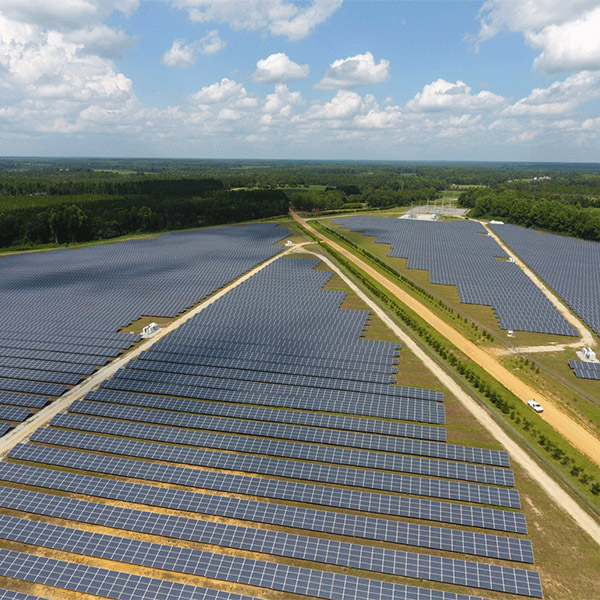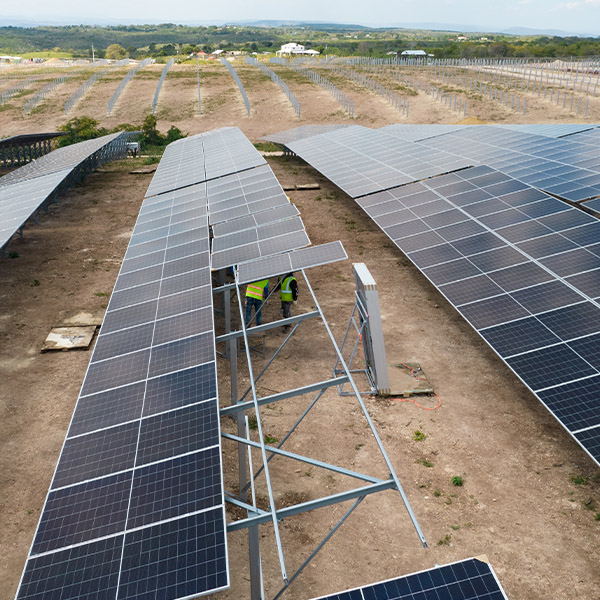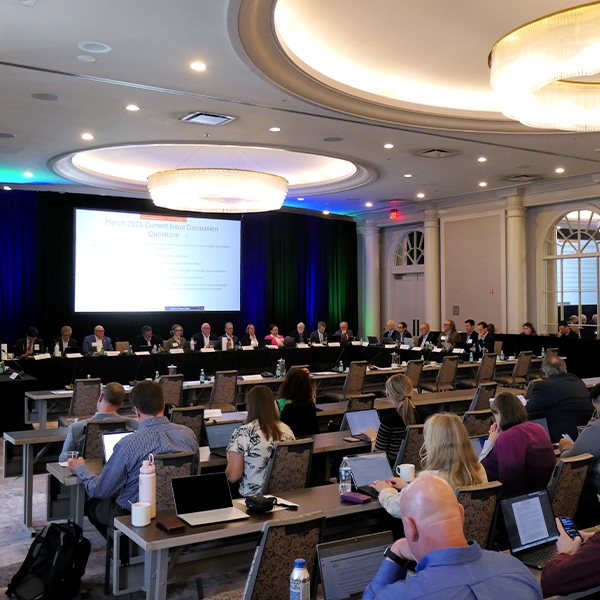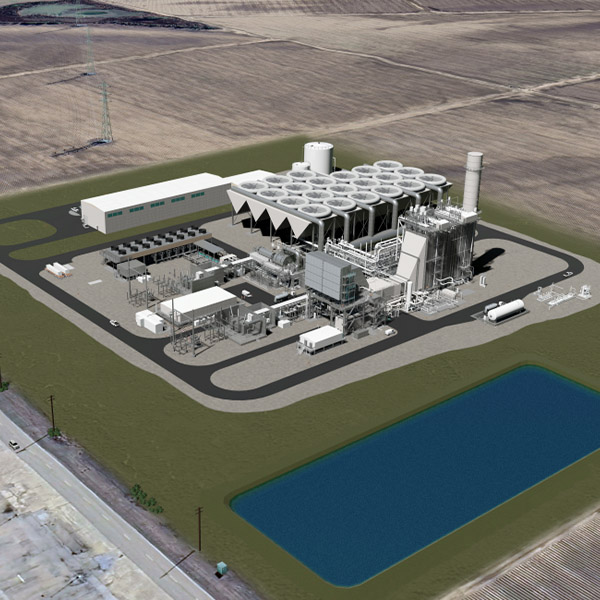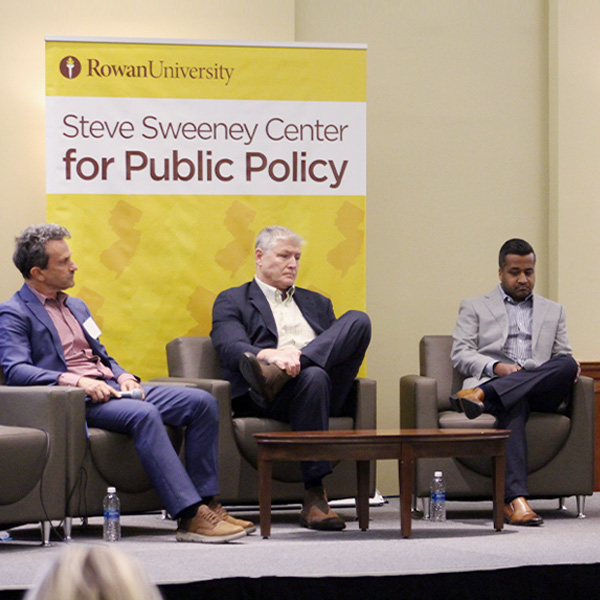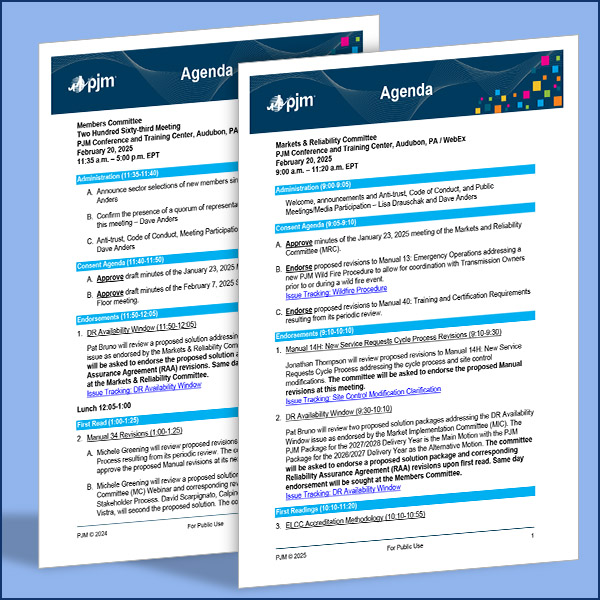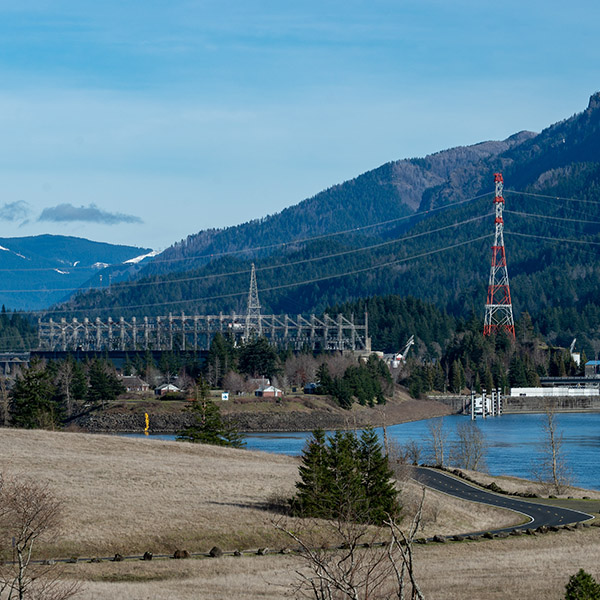generator interconnection queue
ISO-NE plans to reopen its interconnection queue April 1 as it continues to wait for a ruling from FERC on its Order 2023 compliance proposal, the RTO told the NEPOOL Transmission Committee.
PJM presented the Markets and Reliability Committee with a proposed settlement with several clean energy associations and developers on its site control requirements for new generation projects.
FERC approved Duke Energy's Order 2023 compliance filing, which leaves in place the utility's two-phase cluster study process designed to give interconnection customers more information on costs earlier in the process.
MISO members haven’t landed on easy answers in getting the approximately 54 GW of unfinished generation that has cleared the interconnection queue online sooner.
MISO hopes to become the next RTO with a limited express lane in its interconnection queue to help get badly needed generation online faster.
Facing a 40% hike in electricity demand by 2030, New Jersey needs to rapidly craft a plan on how to boost generation and develop its transmission and distribution system, speakers at a conference on the state’s energy future said.
MISO and SPP executives promised to open their queues’ floodgates at the Gulf Coast Power Association’s annual MISO-SPP conference.
Among other items, the Markets and Reliability Committee will consider whether to establish new wildfire procedures for the RTO and transmission owners to follow ahead of and during fire conditions which could impact transmission.
FERC approved a one-time measure by PJM to add up to 50 new projects to a cluster of projects to be studied beginning in April.
BPA has temporarily paused certain transmission planning processes to consider new reforms in light of “exponential growth” of transmission service requests, staff told stakeholders during a workshop.
Want more? Advanced Search
